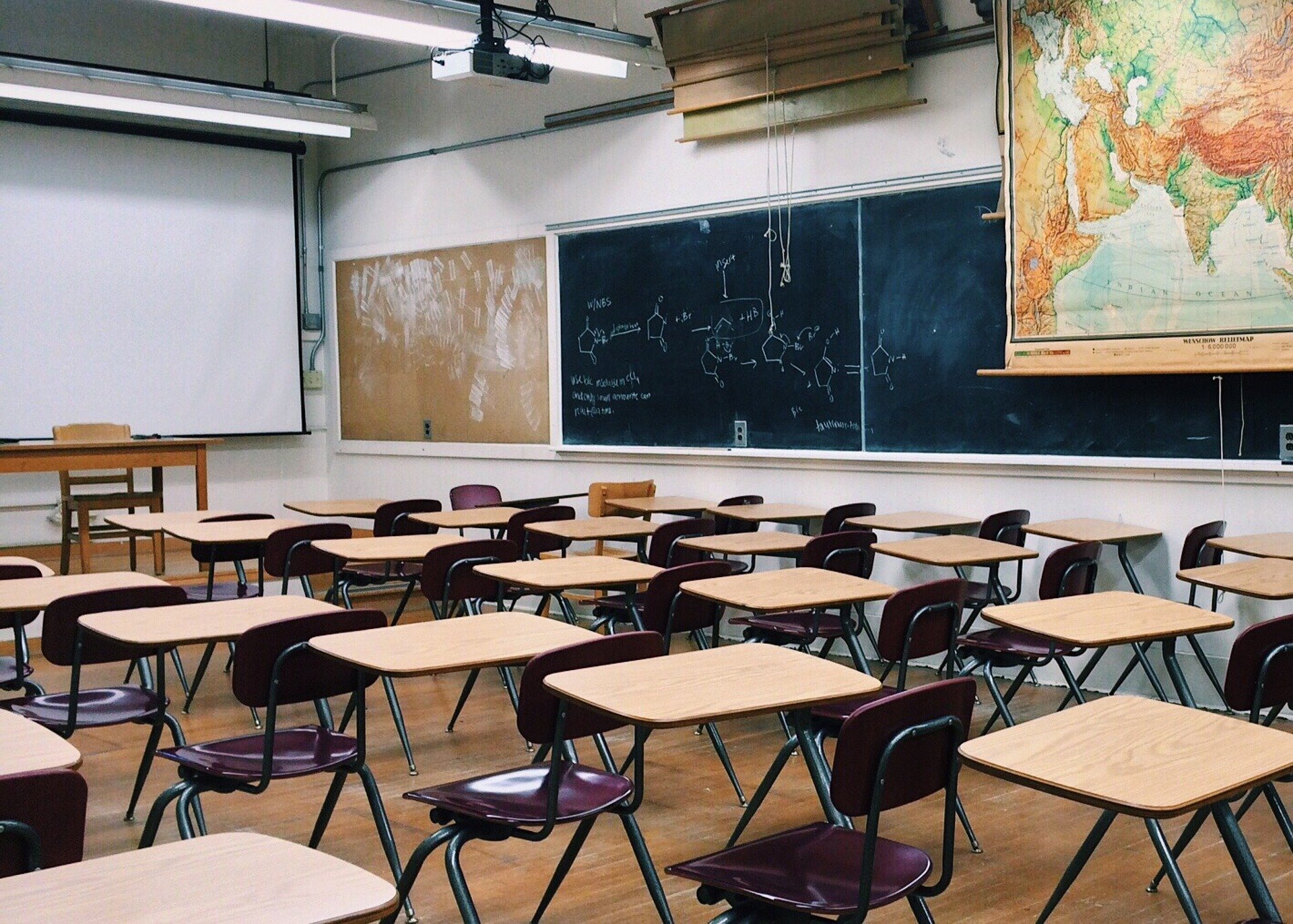Schools, the gaps to be closed after the pandemic

The analysis by Alessandra Servidori, professor of labor policies, member of the Steering Council for programmatic activity in the field of economic policy coordination at the presidency of the Council
On Thursday 7 October, President Draghi has the first decisive meeting with the White and Messa ministers to focus the time schedule on issues relating to education and training.
We await the analytical illustration of the funding provided to understand the priorities decided, the times, the projects and the related reforms.
In the meantime, a comparative research carried out in close collaboration between the OECD, Unesco, Unicef and the World Bank gives us an interesting focus on how students and female students have faced the period of global pandemic caused by the virus and what relapses it entailed for their education and formation. Most students still have the belief and are predisposed to be helped to cope and learn in difficult situations.
The ongoing pandemic since early 2020 has impacted the way teaching and learning are organized. Schools had to provide education in different ways than in the past but were not prepared. A special survey conducted as a collaborative effort between OECD, Unesco, Unicef and the World Bank showed that upper secondary schools were completely closed for over 65 days in 2020 on average across all OECD countries with available data. And Italy "won" Dad's record of weeks, which weighed heavily on dropouts and early school leaving.
Since March 2020, the closure of schools in response to the Covid-19 pandemic has meant that more than 90% of children and young people enrolled in school around the world have to leave school. Italy was the first country in Europe to implement a nationwide lockdown. Schools and universities began to close at the end of February 2020, starting in northern Italy (Lombardy, Emilia-Romagna, Liguria, Piedmont, Veneto and Friuli-Venezia Giulia). Starting from 10 March 2020, the government then extended the blocking measures to all regions of the country.
The report, which focuses on the remote learning experiences of children and young people, underlines how existing inequalities compromise distance learning opportunities, even among those who have access to the internet. And it also showed that where school closures were needed, many countries have made great efforts to mitigate their impact on students, particularly focusing on vulnerable students by providing corrective measures to reduce student learning gaps.
Despite these efforts, recently published studies have shown that learning loss during the pandemic was most pronounced among students and socio-economically disadvantaged schools.
Just before the pandemic, an average of 84% of students in OECD countries declared in 2018 that they could navigate normally through a difficult situation: 81% declared that their goals are to learn as much as possible; 77% find satisfaction in working as hard as possible.
Socially advantaged students reported greater self-efficacy in overcoming a difficult time than disadvantaged students in all countries and economies that participated in Pisa 2018 except Italy and the Netherlands. Students with socio-economic advantages have more objectives of approaching mastery while learning than disadvantaged students in almost all countries and economies. Socio-economically advantaged students show more motivation to master tasks than disadvantaged students in almost all countries and economies.
In almost all countries and economies participating in Pisa 2018, students who perceive more parenting and support have more self-efficacy, objectives of approach to mastery and motivation for students and schools with similar socio-economic profiles. Most of the students involved in this research responded that they believe in their ability to overcome a difficult situation and are motivated to learn as much as possible. But socio-economically disadvantaged students show less of these certainties and dispositions. There is still no data on the relationship between these beliefs and dispositions and student performance after the pandemic.
The implication, however, is that the socio-economic gap in student achievement may have widened during the pandemic as students – more than ever – have to learn, set goals and motivate themselves in complex and ambiguous circumstances.
In order for students to be prepared for uncertainties and have the resilience to navigate through unforeseen challenges, teachers, communities, parents and carers should help them develop confidence, self-efficacy, and mastery of approach goals that will see them engaged. The research of the three international organizations carried out together with the World Bank highlights the economic and social link between poverty and development and must therefore indicate to the Italian Government which are the priorities in the educational and training fields to be pursued in order to achieve balanced social cohesion and recover that economic gap. and formative which, moreover, involves families and therefore our young people and their future.
This is a machine translation from Italian language of a post published on Start Magazine at the URL https://www.startmag.it/mondo/scuole-i-gap-da-recuperare-dopo-la-pandemia/ on Wed, 06 Oct 2021 08:11:00 +0000.
